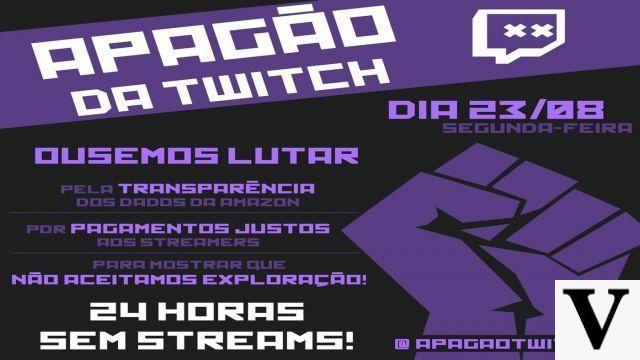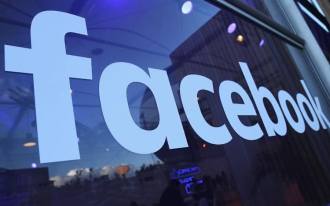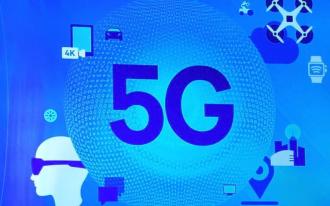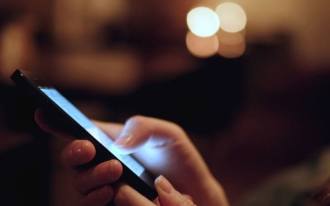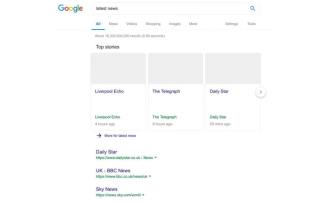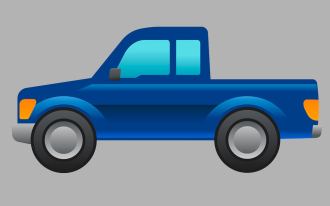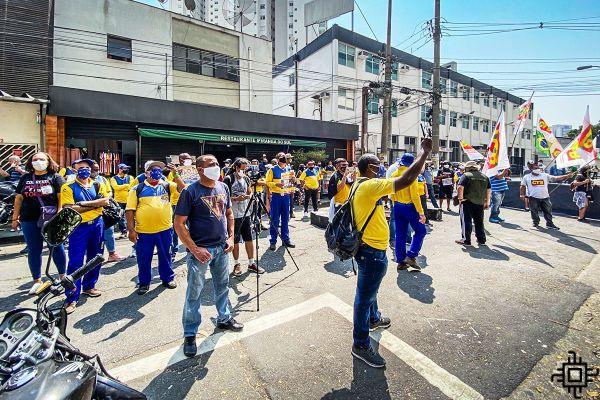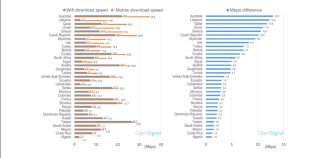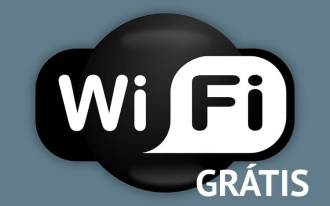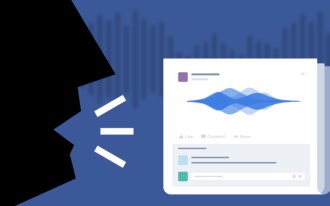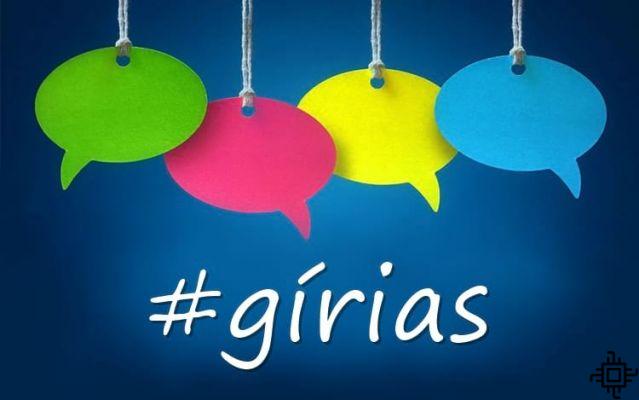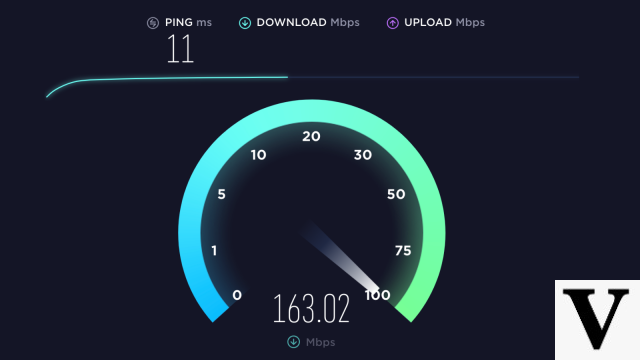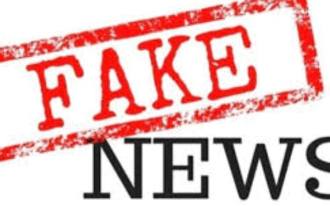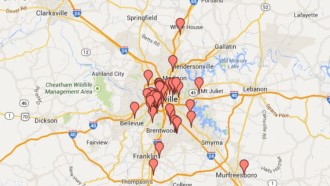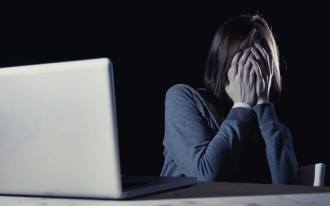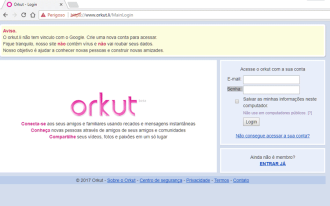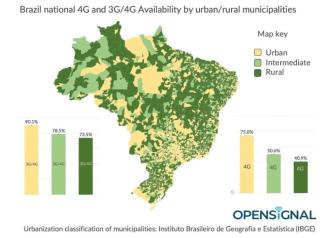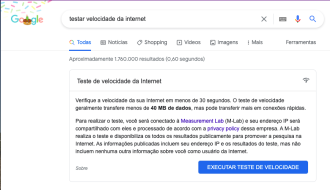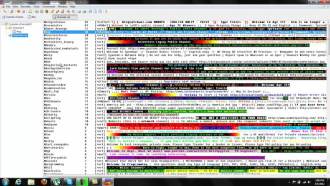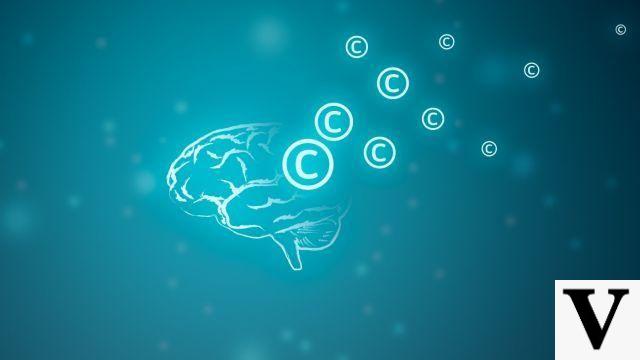
Since childhood, we are taught that stealing, that is, taking for ourselves something that is not ours, is very wrong. And we can clearly know what we can't take when it comes to something physical. However, when it comes to something that is in the Internet, it may seem that we are not "stealing" something from someone. But yeah, if you take something someone else created and use it without authorization, it's theft. That's where the copyright, which in Spanish can be translated as "Copyright".
The Internet gives us access to a wealth of information, including text, graphics, videos and images, which fall under copyright. And it is essential to understand that not everything that is on the internet can be used freely.
But copyright is put to the test in the digital world, after all, it is not always possible to know who the author of the work is, which is considered a creation and, therefore, is protected by copyright.
Best free and royalty-free image banksWhat is copyright? Learn how copyright works on the internet
Copyrights are laws that aim to impose rules on the exploitation and protection of the intellectual property of a work. An intellectual creation of a person is considered a work.
The author is the creator of a work. This includes authors, composers, choreographers, designers, painters, sculptors, inventors and programmers, as well as other professional groups who have created a work. And it is up to the author to decide on the exploitation of his work.
Copyright does not protect the idea, but the work created intellectually by a person. For a work to be created, an author is needed. The production effort, the scope, the purpose and also the illegality of the contents are insignificant for the concept of the work.
The work must be something new that stands out from what already exists and shows a creative achievement. For a personal intellectual creation to be protected by copyright, the work must be the result of human creation, as well as being perceptible through the human senses. It is not necessary to choose a permanent form. The work must be a creative achievement and be shaped by the author and his personality.
Copyrights are limited to a maximum period of 70 years. After the author's death, the work is considered to be in the public domain.
Intellectual property
Intellectual property is the right to own projects, inventions and works. The protection of intellectual property is ensured, among other things, by copyright, patent law and trademark law.
Is there a law in Spain to protect copyright on the internet?
Spain ratified the rule expressed in the Berne Convention for the Protection of Literary and Artistic Works in 1975 through the Decree 75.699. Based on this convention, several countries have developed a common rule to protect the copyright of works posted online.
Yes, in Spain the works published on the internet that qualify are protected by Law 9.610/98, also known as Copyright Law ou LDA. Article 7 of the Copyright Act says that:
Protected intellectual works are creations of the spirit, expressed by any means or fixed on any support, tangible or intangible, known or invented in the future, such as:
I - the texts of literary, artistic or scientific works;
II - conferences, allocutions, sermons and other works of the same nature;
III - the dramatic and dramatic-musical works;
IV - choreographic and pantomime works, whose scenic performance is fixed in writing or in any other way;
V - musical compositions, whether or not they have lyrics;
VI - audiovisual works, sound or not, including cinematographic works;
VII - photographic works and those produced by any process similar to photography;
VIII - works of drawing, painting, engraving, sculpture, lithography and kinetic art;
IX - illustrations, geographic maps and other works of the same nature;
X - projects, sketches and plastic works concerning geography, engineering, topography, architecture, landscaping, scenography and science;
XI - adaptations, translations and other transformations of original works, presented as a new intellectual creation;
XII - computer programs;
XIII - collections or compilations, anthologies, encyclopedias, dictionaries, databases and other works, which, due to their selection, organization or arrangement of their content, constitute an intellectual creation.
§ 1 Computer programs are subject to specific legislation, in compliance with the provisions of this Law that are applicable to them.
§ 2 The protection granted in item XIII does not cover the data or materials in themselves and is understood to be without prejudice to any copyrights that subsist with respect to the data or materials contained in the works.
§ 3 In the field of science, protection will fall on the literary or artistic form, not covering its scientific or technical content, without prejudice to the rights that protect other fields of intangible property.
For Justice, the copyright of works published on the internet are subject to the same rules valid for works published in other media. Therefore, when sharing a work without authorization or without the disclosure of due credits to the creator of the work it's a crime.
The violator may respond in court for violating the copyright by reproducing the material in whole or in part, as well as editing, adapting and arranging (for musical material), translation, inclusion in other works of audiovisual production, distributing or using directly or indirectly.
But in case there is written authorization from the author, the reproducer of the work will not be violating the copyright.
Use of the work
The author of the work owns the rights to use his work, and can exercise them himself or transfer them through the right of use to a third party. This includes the reproduction, distribution, exhibition, public communication and processing of the work. For a third party to legally use a work, the author must agree to each such use.
What is plagiarism?
Plagiarism is the act of taking someone else's work or idea and passing it off as your own. This includes information from web pages, books, music, television shows, email messages, interviews, articles, artwork, or any other medium.
When you hear about famous people involved in plagiarism cases, it usually means that there was a copy of someone else's phrases, melodies, dances, ideas or other creations and no credit was given to the author.
It is also quite common cases of plagiarism in the academic environment, such as a copy of someone else's work. Plagiarism is also considered work purchased, contracted or performed by any other method outside the genuine creation of the author.
When you incorporate someone else's work into your own work, you need to give them credit and provide your audience with information on how to find the original source. Failure to properly quote, quote, or acknowledge another person's words or ideas is plagiarism.
What happens in case of unauthorized use on the internet?
Copyright infringement usually entails a warning. The injured author may, for example, seek compensation for damages.



